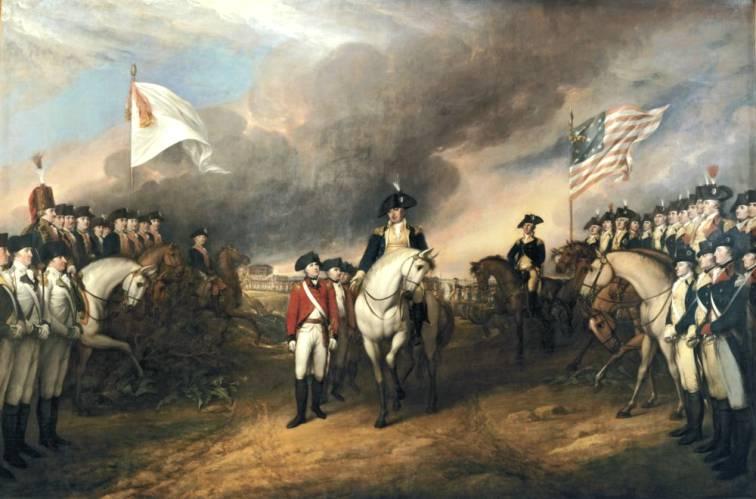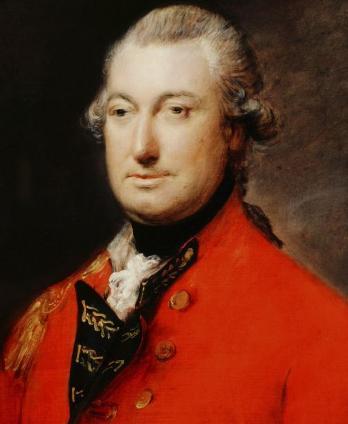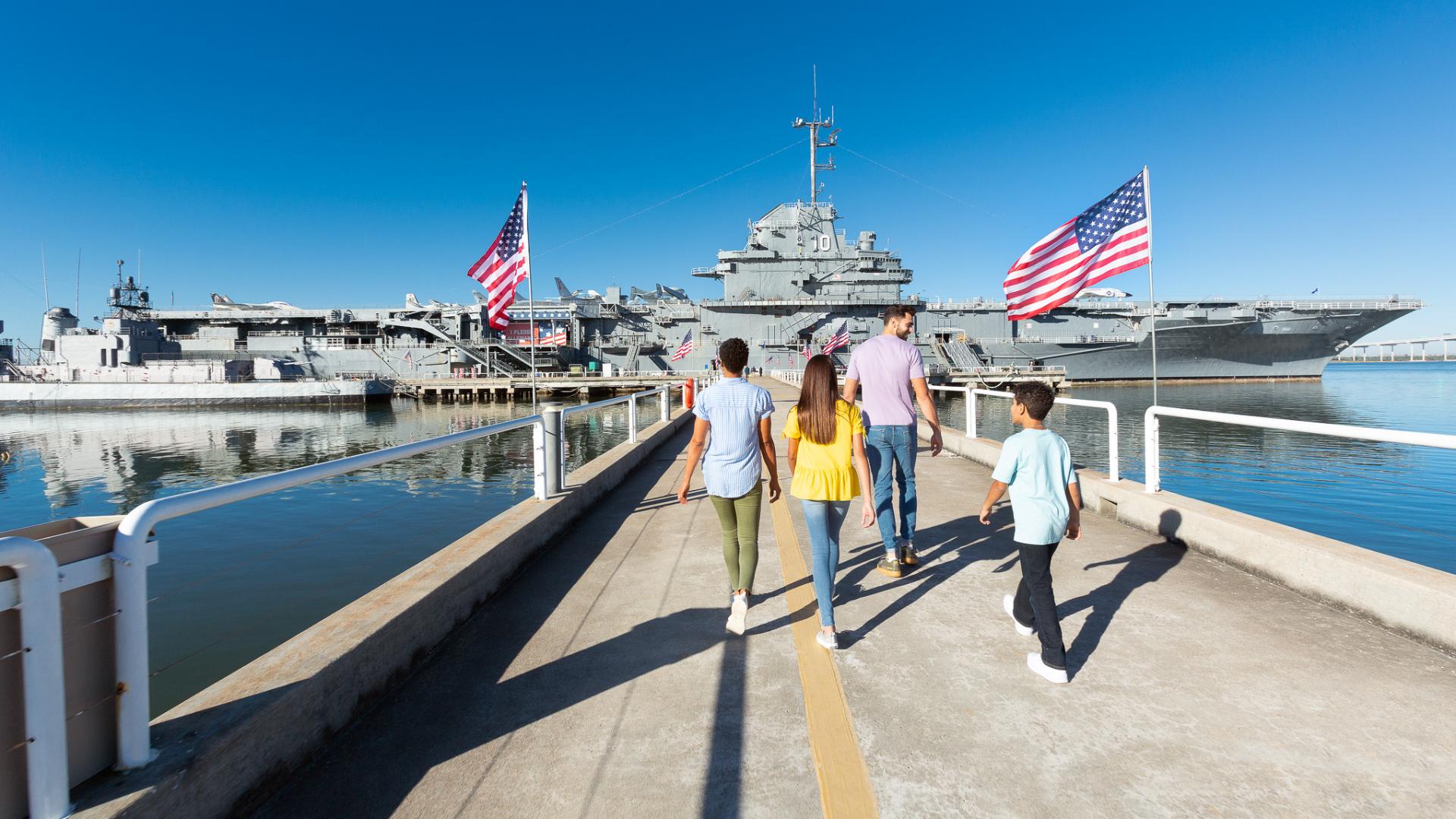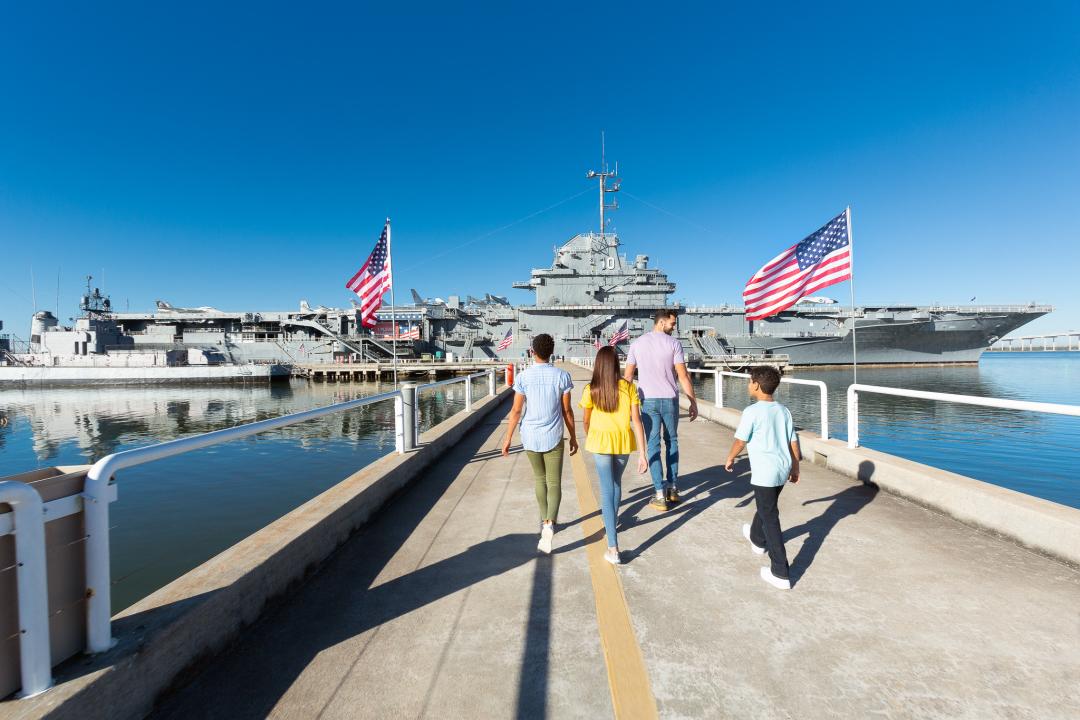
Today marks the two hundred and twenty-ninth anniversary of the American and French defeat of the British Army under Lord General Cornwallis at Yorktown, Virginia. Above is the John Trumbull's oil painting of the surrender, in which Lord Cornwallis declined to appear, but sent his second General O'Hara to offer his sword. Read here for a more detailed analysis of the painting and history...

Lord Cornwallis had taken control of the Southern Army from General Henry Clinton after the fall of Charleston in May 1780. Indeed, where the USS Yorktown now is moored was territory commanded by Cornwallis during the siege of Charleston. General Clinton had detached Cornwallis and had sent him across the Cooper river to cut off the last escape route of the Continental Army. There were many problems, political and personal, between the two British generals. Their adversarial relationship would fatally damage the British attempt to put down rebellion in her former colonies.
Cornwallis' campaign in the South started promisingly with a major victory at Camden on August 16, 1780. However, with Patriot victories at Kings Mountain and Cowpens, plus Washington's sending of General Nathanael Greene into the South put great pressure upon Cornwallis. He gained a tactical victory over Greene at Guilford Courthouse in North Carolina, but it was a strategic defeat forcing Cornwallis to abandon the Carolinas.
Instead of attempting to return to Charleston, Cornwallis believed his best bet was to move north into Virginia, to improve his communications with General Clinton, Commanding General in North America, and either reinforcements or evacuation via sea. General Clinton was angry at Cornwallis leaving the Carolinas. He failed to act quickly to support or evacuate Cornwallis and soon this option was lost. The Chesapeake Bay was closed by a French fleet under Admiral comte de Grasse. At the battle of the Chesapeake on September 5, 1781, the French fleet defeated the Royal Navy sealing Cornwallis' defeat. During the French Revolution in 1789 the comte de Grasse's family, led by his son Marquis de Grasse, fled to Haiti and again had to flee the slave rebellion there in 1791. Two of Admiral de Grasse's daughters came to Charleston, South Carolina, and they are buried at St. Mary's in downtown Charleston.

Lord Cornwallis was now surrounded by the American Army under General Washington and the French Army under Rochambeau. The 9,000 American forces were in the minority during the Yorktown Campaign. The French army and navy combined for over 25,000 men, while the British army and navy participants numbered over 21,000. After the war, Cornwallis and Clinton continued their bickering over who lost the war, read more about their fight here...
American freedom was assured by this second major British defeat (the first at Saratoga convinced the French to help us). The world's best Navy and an Army that had not lost a war in two hundred years would be defeated (with French help) by a group of American patriots, like George Washington, who learned from their mistakes and refused to quit...fighting for freedom!

